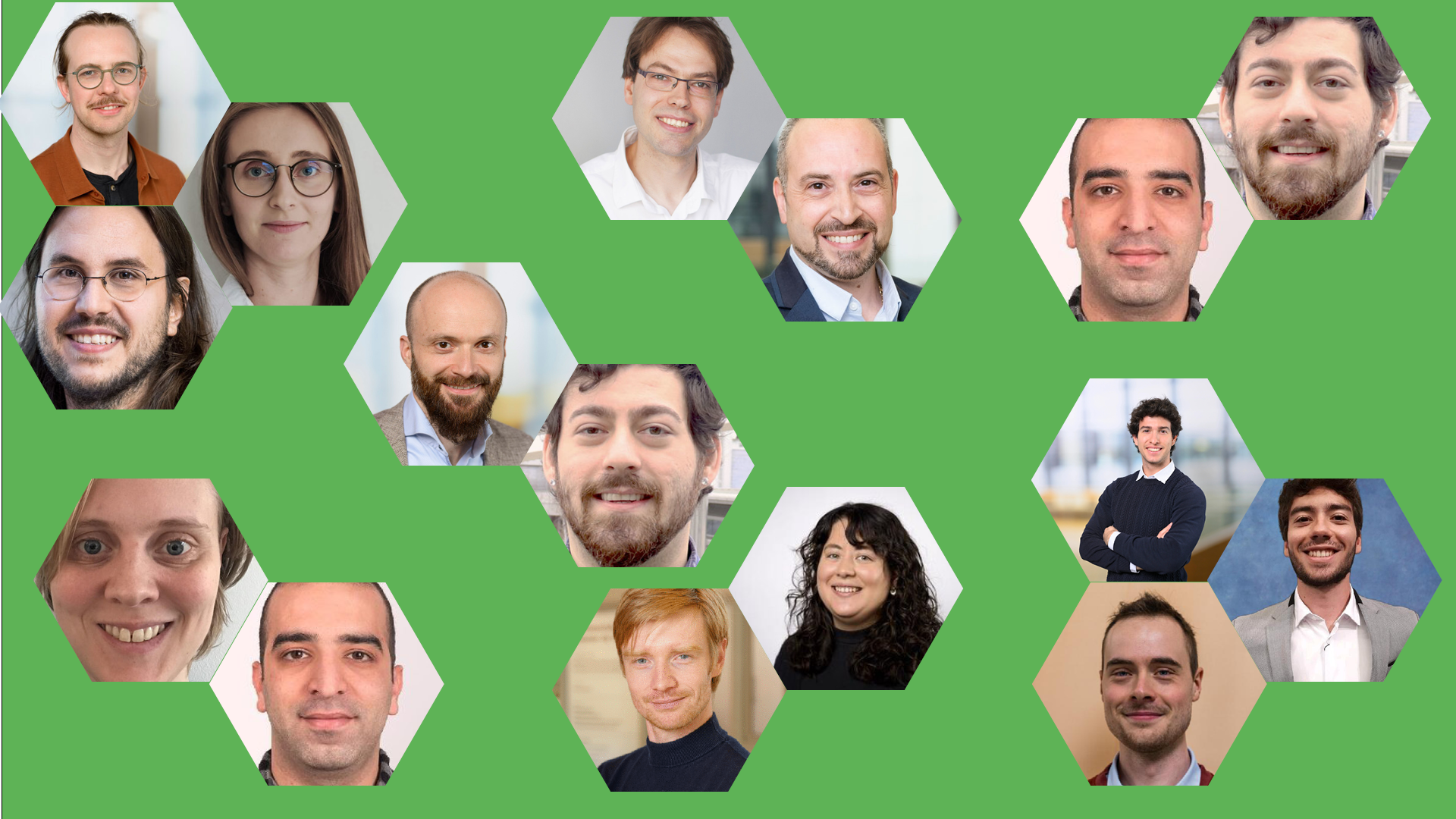Funding for Two Bioengineering Master Projects
July 2, 2025: Hamed Abbasi has received funding for two bioengineering Master projects from the Delft Bioengineering Institute. In one project (together with Lisanne Rens, faculty of electrical engineering, mathematics and computer science), scattered light microscopy and histological images will be used to create computational models for predicting the invasiveness of oral cancer. Another project (together with Baris Kumru, faculty of aerospace engineering) investigates the correlation between fiber orientation (determined with ComSLI) and mechanical strength in recycled short glass fiber composites of wind turbine blades. We’re still looking for Master students – please contact Hamed if you’re interested!
Predicting invasiveness of oral cancer by mechanistic computational modelling
In the Netherlands, every year about 1600 people are diagnosed with oral cancer. In over 90% of these cases, the very aggressive tumour oral squamous cell carcinoma (OSCC) accounts for it. Primary treatment for OSCC patient is surgery, often followed by for example radiotherapy. To decide which postoperative treatment to choose, clinicians currently use a manually assessed classification model, which unfortunately shows high inter- and intra-observer variability. In order to help clinicians make well informed decisions, Lisanne Rens (Faculty Electrical Engineering, Mathematics and Computer Science, TU Delft) and Hamed Abbasi join forces to complement histopathological findings with advanced microscopic imaging (Computational Scattered Light Imaging) and combine them with computational models (Cellular Potts Model) to predict the invasiveness of oral cancer.
Turning wind turbine blades into sustainable materials using bioinspired imaging
Wind turbine blade waste is a rapidly growing environmental challenge. Using recycled short glass fibres (SGFs) from end-of-life blades is a promising strategy to close the loop in composite materials. However, reusing these fibres effectively depends on understanding how they reorient in new thermosetting and thermoplastic matrices, which is an aspect that critically affects mechanical performance but remains poorly understood due to a lack of fast and reliable imaging data. Therefore, Hamed Abbasi and Baris Kumru (Faculty of Aerospace Engineering, TU Delft) have joined forces to investigate the correlation between average fibre orientation (measured by Computational Scattered Light Imaging) and mechanical strength in recycled SGF composites, and to see if bioinspired imaging data can be used to predict the performance of such circular composite materials.
